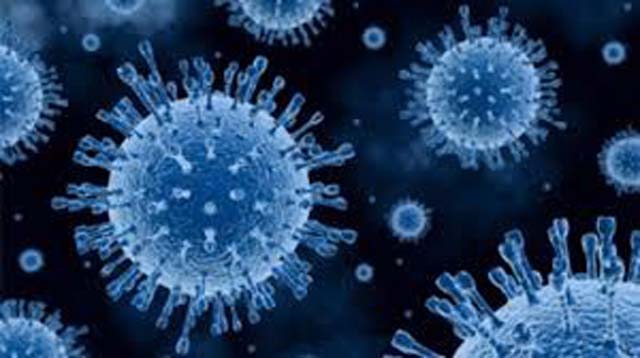
A New Response to Alarming Cases of Wild Polio
A New Response to Alarming Cases of Wild Polio
April 10, 2017
Israel21c — Thanks to the polio vaccine, this crippling and potentially deadly infectious disease has virtually disappeared in most of the world since the late 1970s.
However, “wild polio” virus outbreaks can be triggered by an infected person from a country where the disease has not been eradicated.
Prof. Yakir Berchenko, of BGU’s Department of Industrial Engineering and Management, and his team have created a new model to detect and assess polio outbreaks and help eradicate them.
The new model is based on environmental surveillance (ES) data collected from wastewater following a wild polio outbreak in Israel in 2013. The research was published recently in Science Translational Medicine.

Prof. Yakir Berchenko and his team have created a new model to detect and assess polio outbreaks and help eradicate them.
There are two ways to assess a polio outbreak, the researchers explain. One is to wait for a case of paralysis to be reported. The other is environmental surveillance — regular checks of sewage or wastewater to test for poliovirus.
Until now, scientists did not think that environmental surveillance data was sensitive enough to be trustworthy, and therefore this alternative was not applied globally.
Prof. Berchenko’s model not only establishes the sensitivity of environmental surveillance data, but actually proves it to be much more reliable than the alternative. And while the data is derived from the Israeli case study, the model is applicable all over the world.
“These results will be valuable in monitoring future outbreaks with ES, and this approach could be used to certify poliovirus elimination or to validate the need for more containment efforts,” the scientists say.



